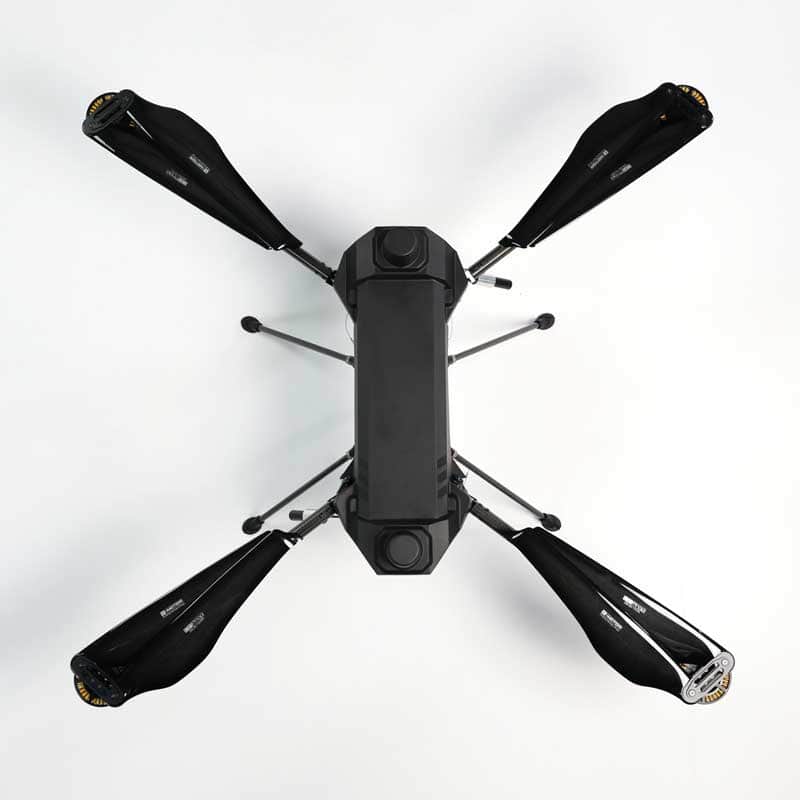Introduction to Quadcopters
Quadcopters, or quadrotors, have revolutionized the way we perceive flight technology. These multi-rotor drones feature four propellers, allowing for vertical takeoff and landing. Their simple design and maneuverability have made them popular for both recreational and professional uses. From aerial photography to agricultural monitoring, quadcopters offer a variety of applications.
This guide explores the components, benefits, applications, and future trends of quadcopters. Whether you are a hobbyist or a professional, understanding these aspects will help you navigate the world of quadcopters confidently. By the end, you will be better equipped to make informed decisions about your quadcopter-related endeavors.
Components of a Quadcopter
Frame and Structure
The frame of a quadcopter serves as its backbone. It holds all the components together and provides structural integrity. Frames can be made from various materials, including plastic, carbon fiber, and aluminum. Each material has its advantages; for instance, carbon fiber is lightweight yet durable, making it ideal for high-performance models.
The design of the frame also impacts the quadcopter’s flight characteristics. A more aerodynamic frame can reduce drag and improve flight efficiency. Additionally, a well-designed frame facilitates easier maintenance and upgrades. As quadcopter technology advances, we see more innovative frame designs that prioritize performance and user experience.
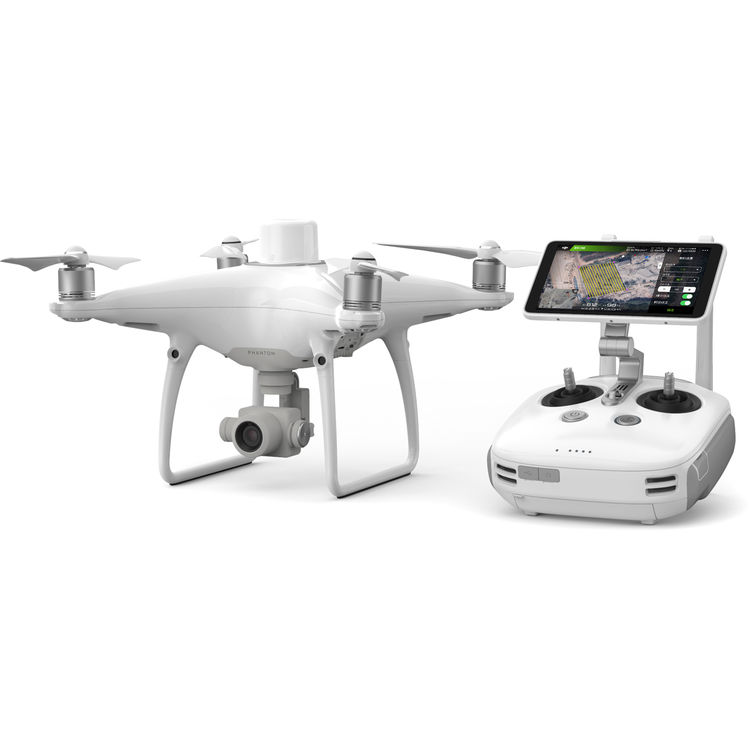
Propellers and Motors
Propellers and motors are crucial components that enable quadcopters to fly. The number of propellers—specifically four—allows for improved stability and control. Each propeller generates thrust, propelling the quadcopter into the air. Most modern quadcopters use brushless motors for their efficiency and longevity.
Choosing the right propellers is essential for a quadcopter’s performance. Factors like size, pitch, and material can greatly affect flight characteristics. Larger propellers provide more lift, while smaller ones offer quicker response times. Understanding these dynamics helps users choose the ideal setup for their specific requirements.
Benefits of Using Quadcopters
Enhanced Maneuverability
Quadcopters are known for their exceptional maneuverability. Their design allows for intricate movements, including hovering, yawing, and rapid directional changes. This capability makes them suitable for various tasks, such as aerial photography, search and rescue missions, and surveying.
Their ability to hover in place offers unique advantages for capturing images or videos. Photographers and videographers can achieve stable shots from various angles without needing scaffolding or cranes. This level of versatility is one of the standout features that contribute to their growing popularity.
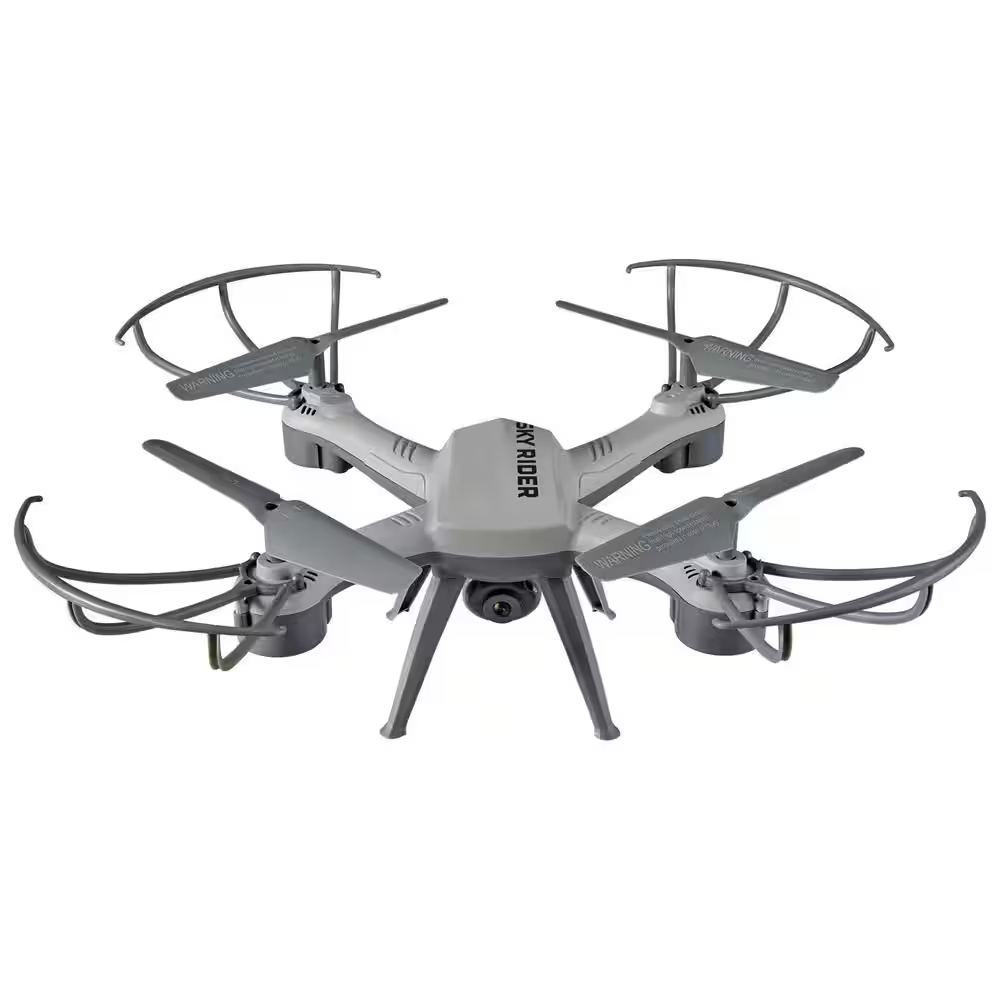
Cost-Effectiveness
Another significant benefit of quadcopters is their affordability compared to traditional aircraft. The cost of entry to drone technology is lower than that for helicopters or airplanes. As technology has progressed, many manufacturers offer high-quality quadcopters at reasonable prices.
For hobbyists, this affordability opens the door to experimentation and learning. There’s less financial risk involved when trying out new techniques or features. Additionally, industries can save costs when using quadcopters for tasks like surveying or inspections, as they eliminate the need for expensive equipment and personnel.
Applications of Quadcopters
Aerial Photography and Videography
One of the most popular applications of quadcopters is in aerial photography and videography. Their ability to capture stunning visuals from unique perspectives has transformed how we document events, landscapes, and architecture. With the right camera equipment, quadcopters can deliver high-resolution images and videos.
Real estate professionals often utilize quadcopters to create engaging property listings. Footage showing properties from the air allows potential buyers to appreciate the full context of a location. Wedding and event planners also benefit from aerial shots, providing a new dimension to their storytelling. This application has become its own niche within the broader drone market.
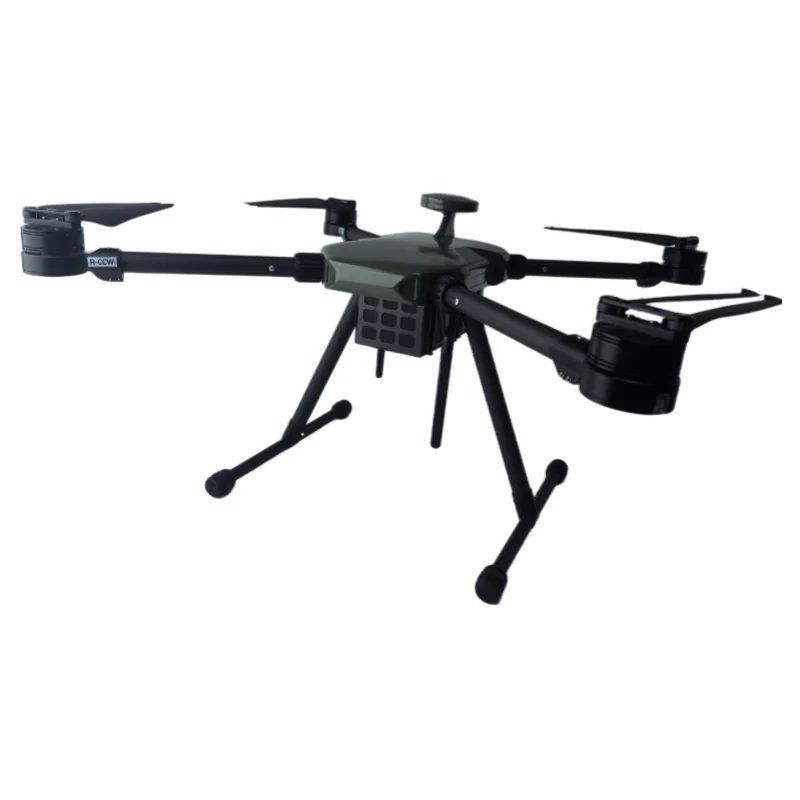
Agriculture and Environmental Monitoring
Quadcopters also play a crucial role in agriculture and environmental monitoring. Farmers use these drones to assess crop health, monitor irrigation systems, and even plant seeds. Equipped with specialized cameras, quadcopters can gather data on plant health through multispectral imaging.
This technology allows farmers to optimize their resources effectively. For example, identifying areas that require additional water or nutrients can enhance yields. Additionally, this data collection helps in making informed decisions about planting cycles and land management practices, leading to more sustainable agriculture.
Regulations and Legal Considerations
Understanding Local Laws
Before flying a quadcopter, it is essential to understand local regulations. Many countries have specific laws governing drone flight. These rules often include restrictions on where you can fly, how high, and the requirement for permits in certain areas. Understanding these regulations is a crucial step in avoiding legal issues.
Checking local laws can also prevent endangering people or property. Many jurisdictions have implemented no-fly zones, particularly near airports or densely populated areas. Familiarizing yourself with the regulations ensures a safer flying experience, protecting users and the public.
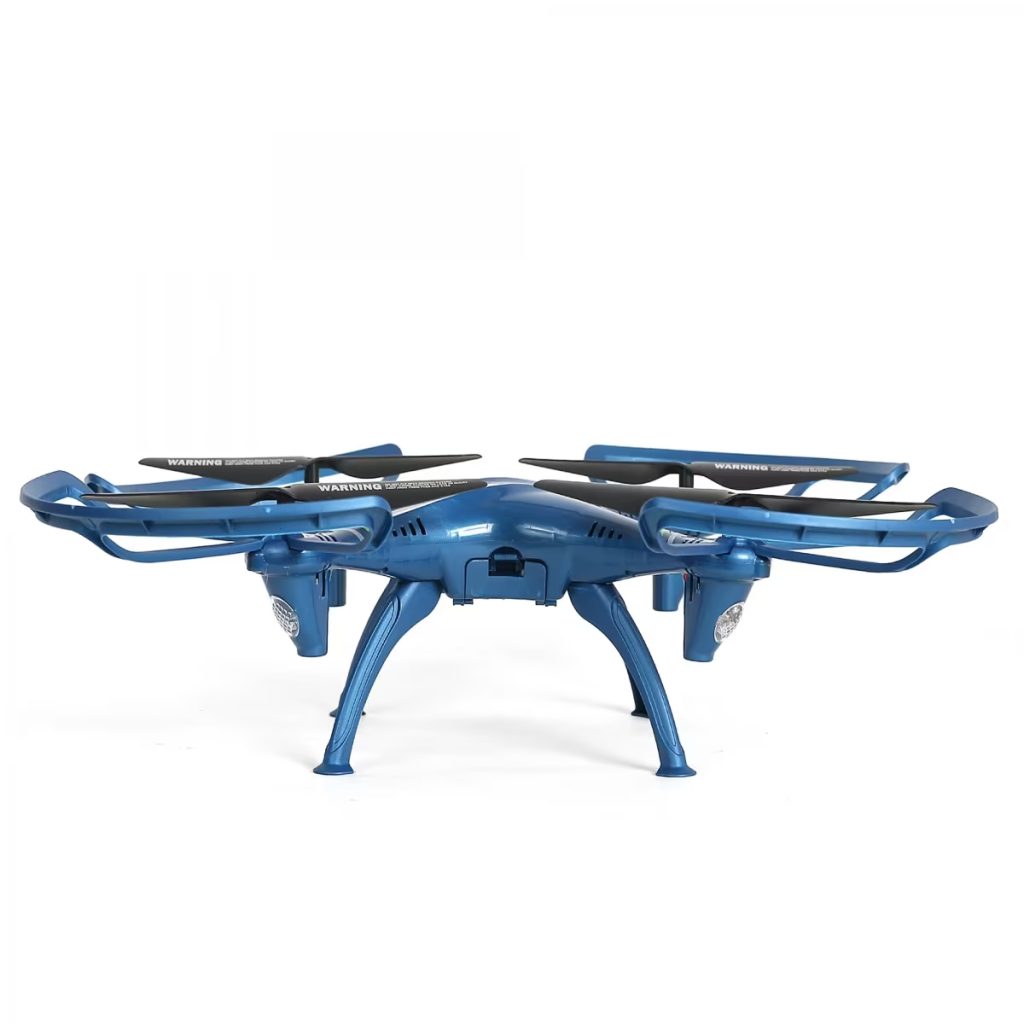
Insurance and Liability
Insurance is another important consideration for quadcopter enthusiasts. Liability insurance can protect the user in case of accidents or damages caused by flying the drone. Many insurance providers are now offering specific policies tailored to drone operators.
Securing insurance gives pilots peace of mind, knowing they are protected against potential risks. Additionally, some events or venues may require proof of insurance before allowing drone flights. Cost considerations and coverage options vary; researching these factors ensures you find the right policy for your needs.
The Future of Quadcopters
Advancements in Technology
The future of quadcopters is bright because of continuous technological advancements. Enhanced battery life and improved power management systems are on the horizon. These updates will allow for longer flight times and greater operational ranges, further enhancing their utility.
Moreover, advancements in artificial intelligence (AI) and machine learning will enable quadcopters to make smarter decisions in real time. This includes automatic obstacle detection and avoidance, enhancing safety during flights. As technology evolves, quadcopters will become even more capable and user-friendly.
Expanded Applications
As quadcopters advance, their applications will likely expand. Industries such as construction, logistics, and public safety are beginning to explore drone technology for various uses. Construction sites could implement quadcopters to monitor progress and inspect hard-to-reach areas.
Moreover, emergency services might use them for search and rescue operations or disaster response. As more sectors recognize the benefits, quadcopters will integrate deeply into everyday operations. This integration will open new job opportunities and drive further innovation in drone technology.
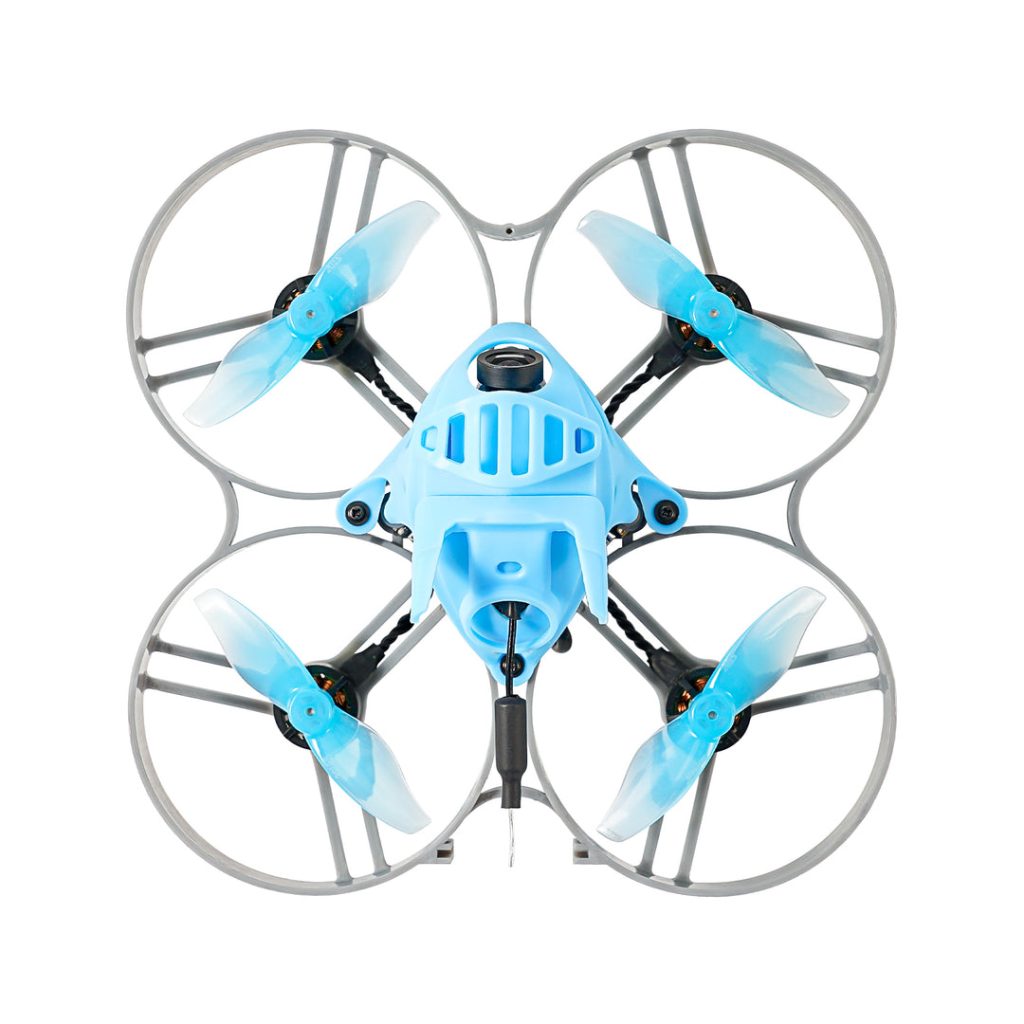
Safety Considerations for Quadcopter Use
Pre-Flight Checks
Before launching a quadcopter, conducting thorough pre-flight checks is crucial. These checks help ensure that the drone operates safely and effectively. Start by inspecting the quadcopter itself, including the battery level and propeller condition. Ensure that all the propellers are securely attached and free from damage or debris. Additionally, check the firmware and software updates. Many manufacturers release updates that enhance flight performance and safety features. Ensuring that your quadcopter is up-to-date can significantly reduce the chances of mid-flight failures.
Next, familiarize yourself with the flight area. Assess the environment for potential hazards such as trees, power lines, and buildings. Make sure your flying area is free of people and animals to minimize risks. If you’re flying in crowded locations, like parks or events, consider the legal implications and potential ethical concerns. It’s also beneficial to develop a flight plan. Knowing how high and far you intend to fly can help maintain control over the quadcopter. Following these pre-flight protocols contributes to a safer flying experience for both the operator and those around.
Safe Flying Practices
Once in the air, practicing safe flying techniques is essential. Always maintain a line of sight with your quadcopter during flight. This visual connection allows you to monitor its movements and quickly respond to any potential issues. Avoid flying too high or far, especially if you’re still gaining experience. Many aviation authorities recommend keeping drones below 400 feet and within a specific distance from the pilot, often around 500 meters.
Environmental conditions can also impact flight safety. Windy conditions can make controlling the quadcopter difficult. Before flying, check local weather conditions and avoid flying during poor weather or extreme temperatures, which can affect battery performance. If you encounter unexpected malfunctions, such as loss of signal or battery failure, employ emergency landing techniques. Remain calm and use the return-to-home features that many modern quadcopters possess. Prioritizing these safe flying practices not only protects the drone but also ensures safety for everyone in the vicinity.
Conclusion: Embracing the Quadcopters
In conclusion, quadcopters have brought about a new era in aviation and technology. Their capabilities in photography, agriculture, and various other sectors make them invaluable tools. Understanding their components, benefits, and legal considerations lays the groundwork for successful usage.
As technology continues to advance, the potential applications for quadcopters will only grow. By staying informed about emerging trends, users can fully harness the benefits these machines offer. Whether you are a hobbyist or a professional, embracing quadcopters can open doors to exciting opportunities and enhance productivity.
The future of quadcopters is promising; innovation will continue to drive their evolution. By engaging with this technology, individuals can explore new ways to capture, analyze, and engage with the world around them. As we look ahead, quadcopters will undoubtedly remain integral to various industries and hobbies, showcasing the adaptability and ingenuity of flight technology.
